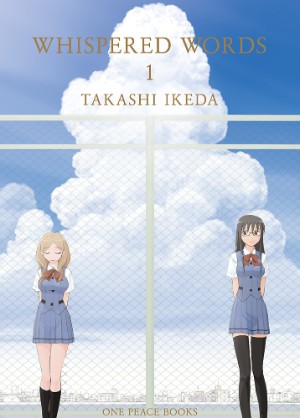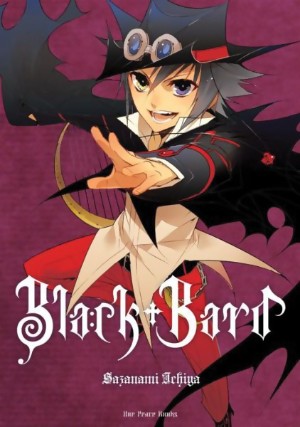Creator: Takashi Ikeda U.S. publisher: One Peace Books ISBN: 9781935548454 Released: May 2014 Original release: 2007-2008 Whispered Words is a nine-volume yuri manga series by Takashi Ikeda …
Black Bard
Creator: Ichiya Sazanami U.S. publisher: One Peace Books ISBN: 9781935548386 Released: November 2013 Original release: 2011-2012 Ichiya Sazanami's Black Bard was originally published in Japan …
The Bible: A Japanese Manga Rendition
Creator: Variety Art Works U.S. publisher: One Peace Books ISBN: 9781935548102 Released: March 2012 Original release: 2010 The Bible: A Japanese Manga Rendition was originally produced by …
Continue Reading about The Bible: A Japanese Manga Rendition →
Breathe Deeply
Creator: Doton Yamaaki U.S. publisher: One Peace Books ISBN: 9781935548072 Released: October 2011 Original release: 2010 Breathe Deeply is the first work by Doton Yamaaki, a husband and wife …
Schoolgirl
Author: Osamu Dazai Translator: Allison Markin Powell U.S. publisher: One Peace Books ISBN: 9781935548089 Released: October 2011 Original release:1939 Osamu Dazai's novella Schoolgirl was one …
Tenken
Creator: Yumiko Shirai U.S. publisher: One Peace Books ISBN: 9781935548034 Released: September 2010 Original release: 2008 Awards: Japan Media Arts Award When the 2010 English translation of …

